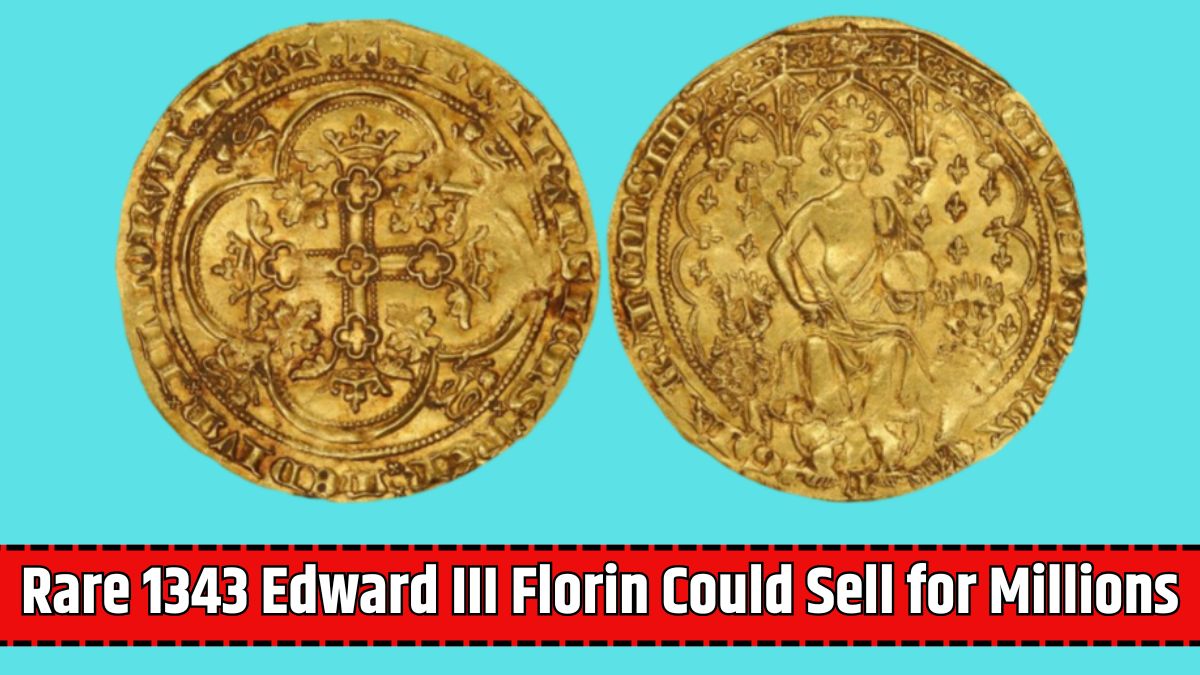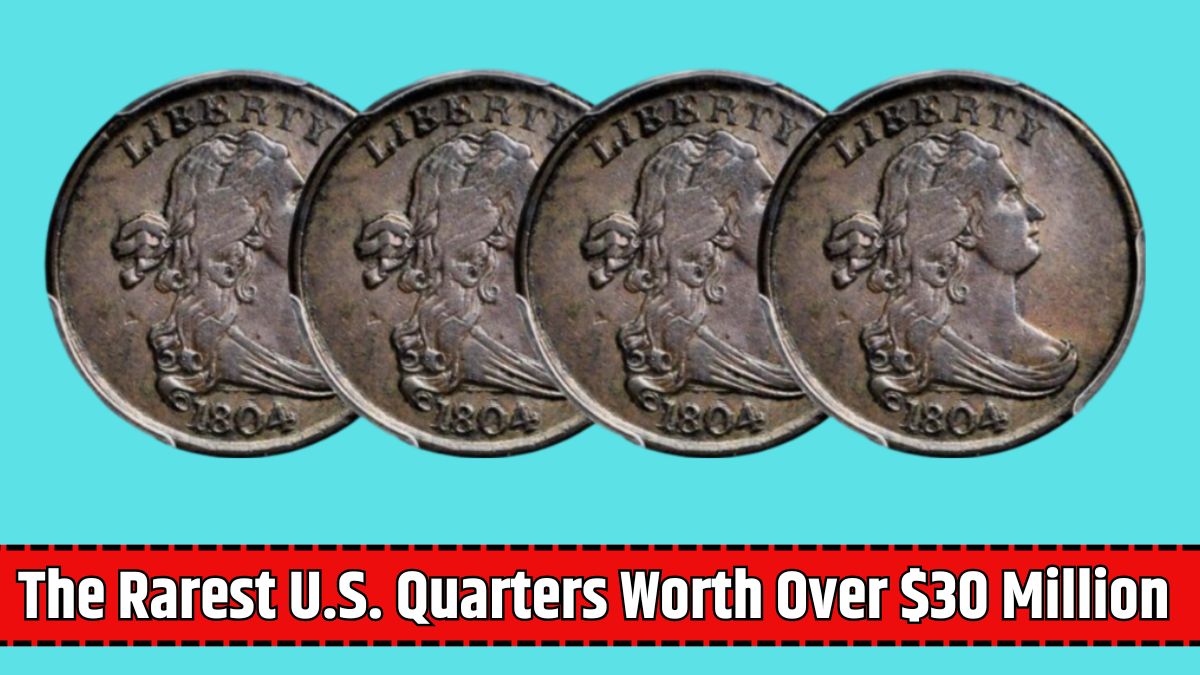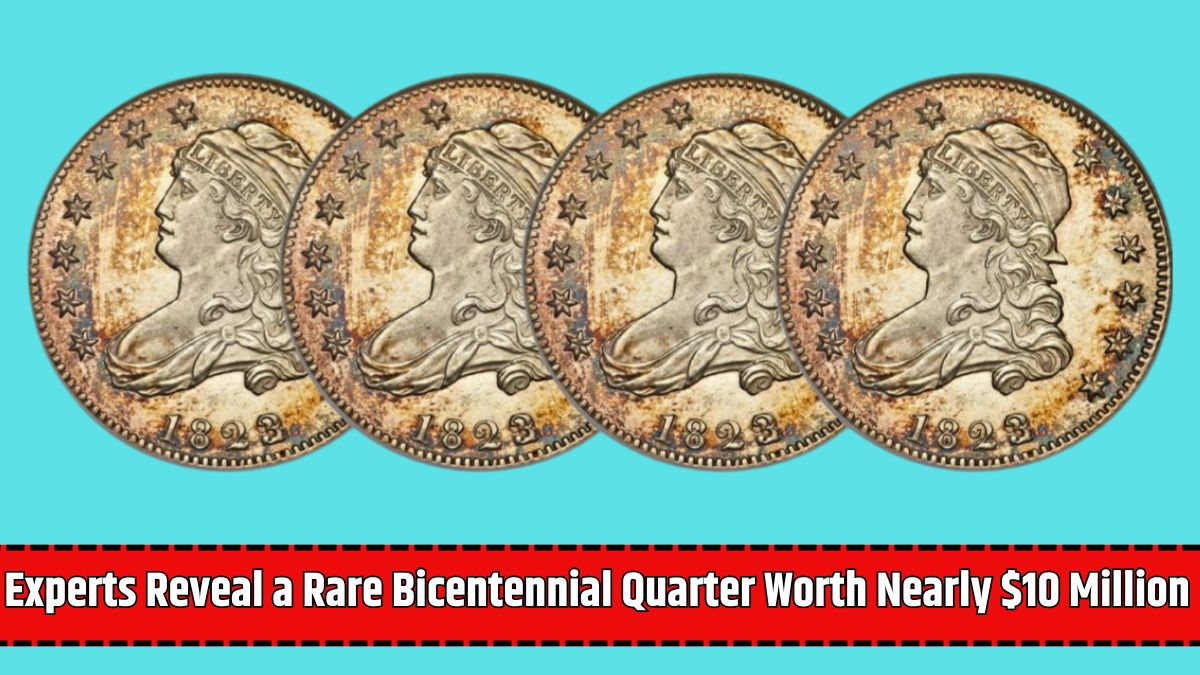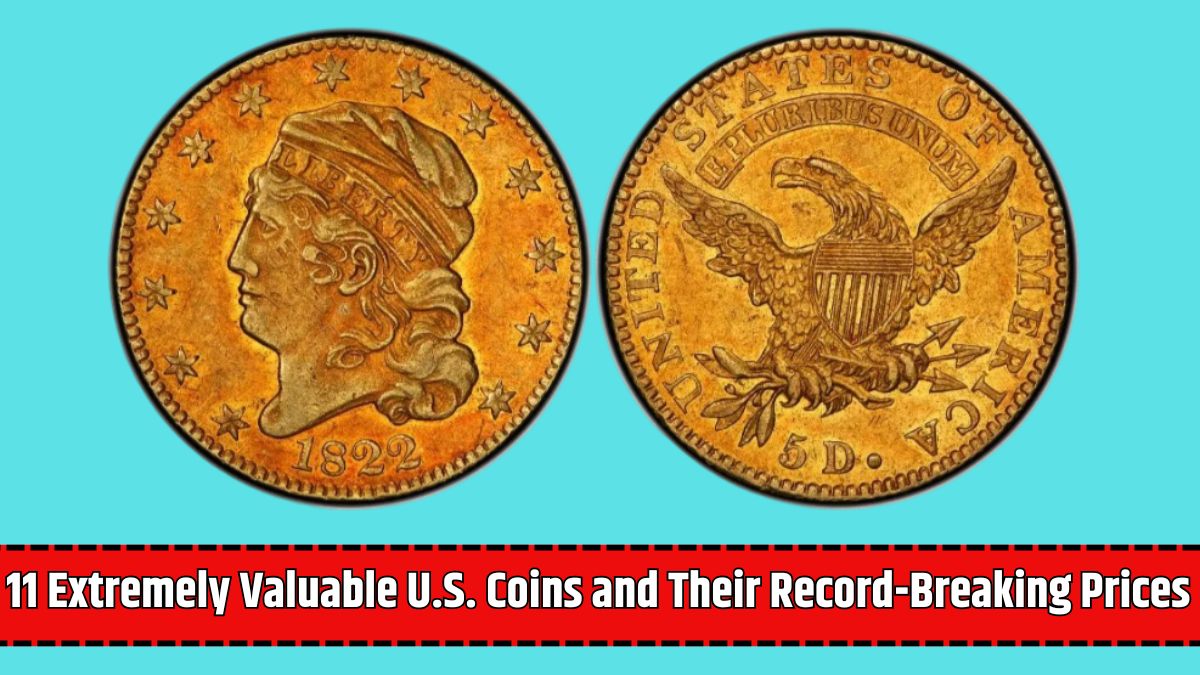The 1343 Edward III Florin, also known as the “Double Leopard,” is one of the rarest and most valuable coins in British history. Minted during the reign of King Edward III, this gold coin was an attempt to establish a stable gold currency in England.
However, the coin was withdrawn within months due to its impractical value, making it one of the shortest-lived coins in British numismatic history. Today, only three known examples exist, making it an extraordinary collector’s item.
In 2006, one specimen was sold for £460,000 (around $850,000 at the time), and experts believe its value has increased significantly.
The History of the Edward III Florin
King Edward III ruled England from 1327 to 1377, a time of military expansion, economic growth, and rising national identity.
Inspired by successful gold coins in France and Italy, Edward introduced the florin in 1343 to stabilize England’s currency and improve trade. The florin was valued at six shillings and meant to standardize gold coinage.
However, the coin’s value was too high compared to existing silver-based currencies, making it difficult for people to use in daily transactions.
As a result, the florin was withdrawn within months, making it one of the rarest English coins ever produced. Most of the original florins were melted down, leaving only three surviving examples.
Design and Symbolism
The Edward III Florin features a detailed and symbolic design that reflects the power and prestige of the English monarchy.
- Obverse (Front): King Edward III sits on a throne, holding a sword and scepter, symbols of his authority. He is flanked by two leopards, representing strength and royal power.
- Reverse (Back): A large cross with a floral design at the center, surrounded by leopards’ heads. This symbolizes England’s monarchy and its growing ambitions in Europe.
- Composition: Gold
- Denomination: Six shillings
This coin is considered one of the most beautiful medieval coins ever minted. Its intricate design and high-quality craftsmanship make it a remarkable piece of England’s numismatic history.
Why Is the Edward III Florin So Valuable?
The extreme rarity of the 1343 Edward III Florin is the main reason for its high value. Only three examples are known to exist:
- Two are preserved in the British Museum
- One is privately owned
Since so few survived, the florin has become one of the most desirable medieval coins. In 2006, one specimen was sold at auction for £460,000 (about $850,000 at the time).
Experts believe its value has risen significantly, and if another example were ever auctioned, it could sell for several million pounds.
The Lasting Legacy of the Edward III Florin
Although the florin was only in circulation for a short time, its legacy remains strong. It represents Edward III’s ambition to establish England as a dominant power in both trade and military strength.
The coin also highlights the challenges of introducing a gold currency during a period when silver coins were the norm.
Today, the Edward III Florin is considered one of the most significant artifacts in British numismatic history. Historians and collectors admire it not only for its rarity but also for its beautiful design and historical importance.
For those interested in medieval England, this coin offers a fascinating glimpse into a time when kings used currency to assert their power and influence.
















